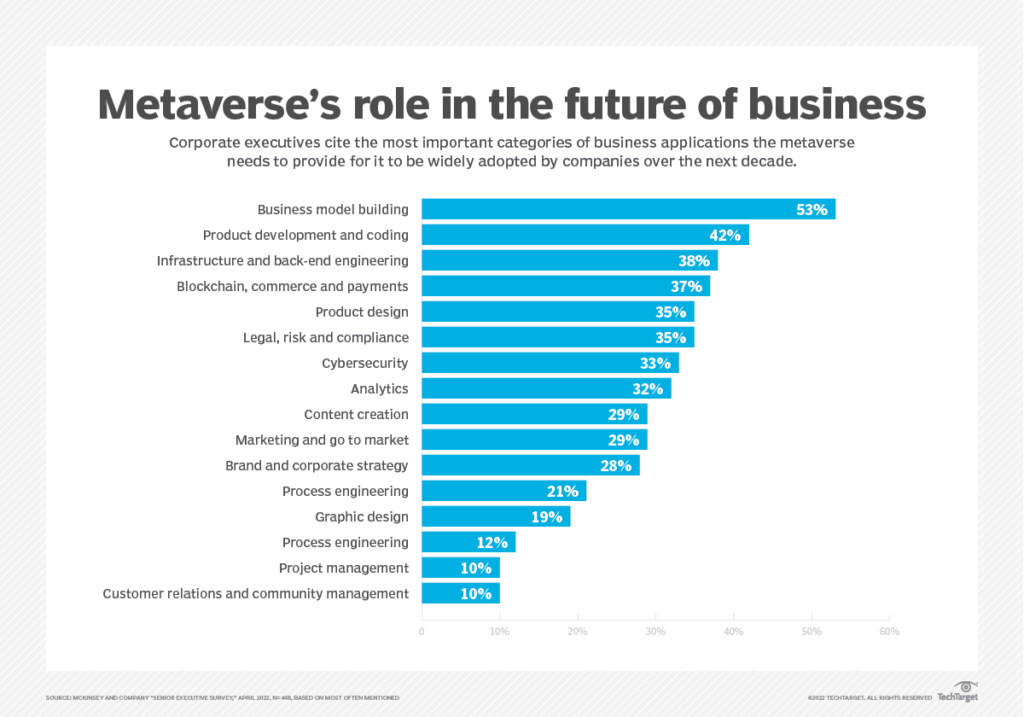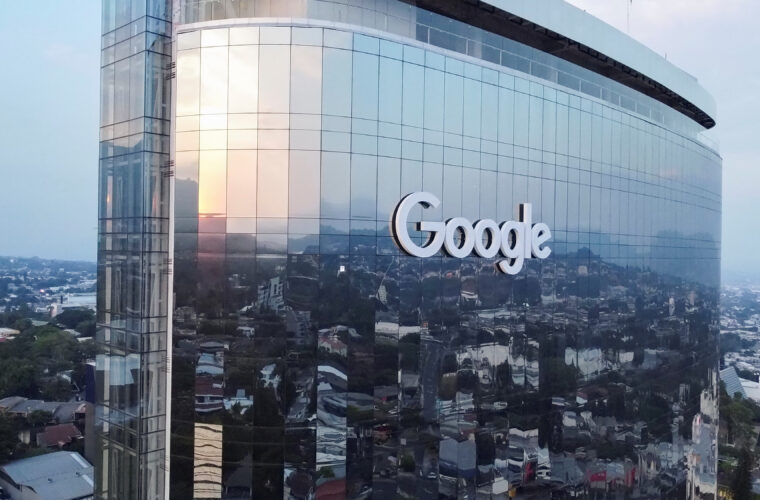Security concerns in the Metaverse you need to watch out for in 2023?
As the Metaverse continues to evolve and expand, so do the security concerns associated with it. We are entering a new era of digital life, where online identities and virtual worlds are becoming an integral part of our everyday lives. With this comes a unique set of challenges for security professionals as they attempt to protect and defend against threats in the Metaverse. In 2023, we will be presented with various new and emerging security concerns that we must be aware of to protect ourselves and our data. From malicious actors to privacy risks, here’s a look at the top security concerns in the Metaverse that you must watch out for in the coming year.
Malicious actors and cybercrime are rising rapidly in Metaverse
Malicious actors are a significant source of concern in the Metaverse and will continue to be a problem in the coming years. Cybercriminals are likely to build increasingly sophisticated tools and capabilities in an attempt to exploit the Metaverse’s weak points. They will use the same tactics they have always used, but they will use them in new ways due to the Metaverse’s unique features. The Metaverse is a vast network that is being built by many different entities.
As a result, it will have many different entry points that malicious actors can exploit. These actors can use these entry points to introduce malware and create attacks that can be used for various purposes, from stealing data to disrupting critical infrastructure. Malicious actors will use these weaknesses to the fullest extent to harm individuals and organizations. Because the Metaverse will be a valuable data source, malicious actors will attempt to steal that data and sell it on the black market. They can use this data to create new scams or to target individuals with identity theft.
Data manipulation concerns on Metaverse
Given the amount of data that individuals will be sharing online, there is a risk that bad actors will manipulate that data to shape the way people view specific topics. For example, a bad actor may alter the data associated with an individual running for office to influence voters. This could cause individuals to make poor voting decisions based on false data. The fact that the Metaverse will be a source of large amounts of data that is easily accessible is likely to increase the amount of data manipulation that takes place. There are likely to be few controls in place to prevent bad actors from changing or altering data as they see fit. This may make it difficult for individuals to determine what is real and what has been tampered with.
“The metaverse represents an area where consumer threats will be different from years past,” says Anna Larkina, a security expert at Kaspersky. “Fake, malicious VR and AR apps, as well as privacy risks and potential abuse associated with this new frontier, will account for threats we haven’t necessarily seen before,” she says.
Privacy risks tagging along with Metaverse
The internet has always had privacy risks associated with it, and the Metaverse will continue to be no different. Individuals will be sharing large amounts of personal data online, and the risks associated with that data being accessed and misused are real. The Metaverse will be built upon many different platforms, each with its privacy policies and standards. As a result, individuals will be forced to trust the organizations behind these platforms to protect their data properly. Additionally, the fact that individuals will be sharing data across multiple platforms may make it difficult to control who sees what information. This may make it more difficult to control the privacy risks associated with the

Regulations and Standards missing in Metaverse?
The Metaverse is likely to attract attention from regulators around the world. These regulators will look to protect individuals by creating regulations related to the Metaverse. Regulators will be particularly concerned about data privacy and data protection. They will attempt to create laws that require organizations to protect their customers’ data and provide them with the ability to access and delete their data. And the regulations that regulators impose on the Metaverse will vary from country to country because there is no international standard for regulating the internet or the Metaverse. As a result, each country can impose its regulations, which creates a confusing situation for individuals.
“As the metaverse experience is universal and does not obey regional data protection laws, such as GDPR, this might create complex conflicts between the requirements of the regulations regarding data breach notification,” Kaspersky said in their last report on Metaverse issues.
Exploitation of vulnerabilities in the Metaverse
As the Metaverse grows, its design and operation vulnerabilities will likely be discovered. The Metaverse will have millions of users, and many different organizations will operate it. As a result, vulnerabilities will likely exist in the design or how different organizations approach the system. Malicious actors can exploit these vulnerabilities or exist as design flaws that create issues for legitimate users. Due to the fact that the Metaverse is a new technology, many of the security features and controls used in the network may not be as advanced as they are on the internet. Therefore, vulnerabilities in critical components of the system will go unnoticed until they are exploited.
The rise of Botnets in Metaverse
Botnets are likely to become a significant security concern in the Metaverse. These networks of infected computers are used to launch distributed denial-of-service attacks, steal data, and conduct other malicious activities. The Metaverse is likely to be designed so that it is easy to connect devices and create new ways for individuals to interact with the system. This will make it easy for malicious actors to create botnets by infecting a small number of devices. Given that the number of devices connected to the system will be significantly larger than the number of computers currently connected to the internet, the threat of botnets in the Metaverse is likely to be even greater today.
Security measures to follow in Metaverse
Given the threats that are likely to emerge in the coming years, security professionals must be prepared to combat them to protect the Metaverse and the individuals using it. There are a variety of different security best practices that organizations can adopt in order to prepare themselves for the coming years. These include adopting a secure architecture, implementing proper security practices, and using advanced security tools. These security best practices will help organizations defend against the threats discussed above and provide a better customer experience. Organizations must remember that security cannot be an afterthought, but on the contrary, it must be baked into the design of the Metaverse from the beginning. This is the only way to protect against the threats discussed above and ensure that the Metaverse is the safe, secure, and innovative ecosystem it is intended to be.



